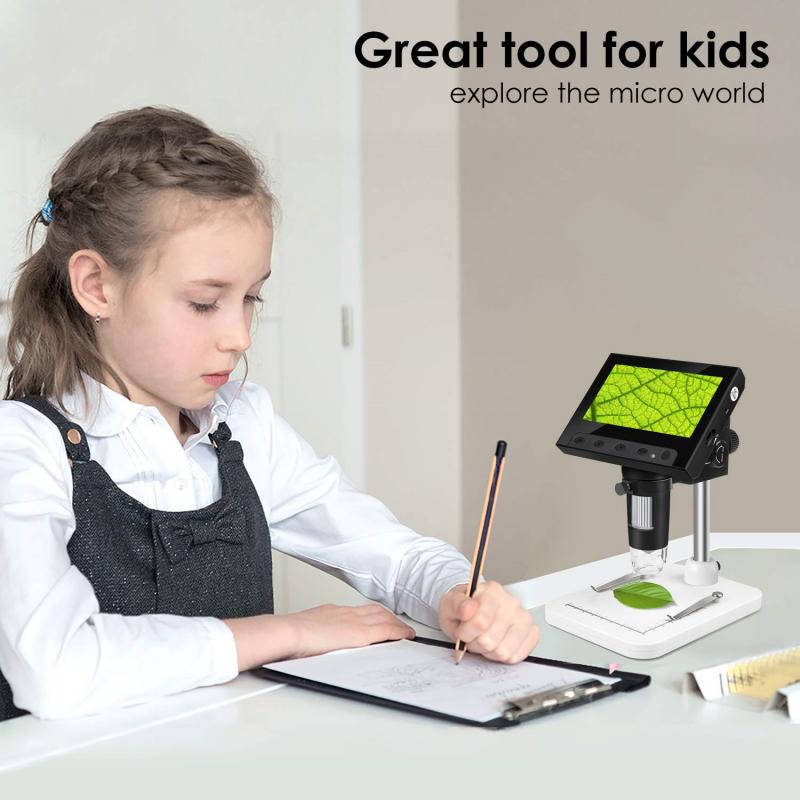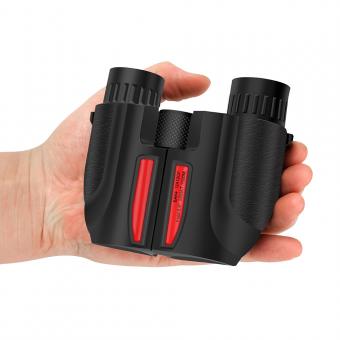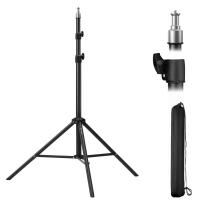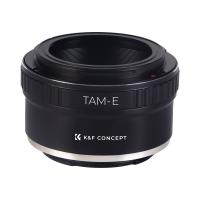How Much Money Is A Microscope ?
The cost of a microscope can vary greatly depending on the type, brand, and specifications. Basic student microscopes can range from $50 to $200, while more advanced models used in research or professional settings can cost anywhere from a few hundred dollars to several thousand dollars. Specialized microscopes, such as electron microscopes, can be significantly more expensive, with prices ranging from tens of thousands to millions of dollars.
1、 Cost of Microscopes: Factors Affecting Price and Variations
The cost of microscopes can vary significantly depending on various factors. These factors include the type of microscope, its intended use, brand reputation, and additional features.
Firstly, the type of microscope plays a crucial role in determining its price. There are several types of microscopes, such as compound microscopes, stereo microscopes, electron microscopes, and digital microscopes. Compound microscopes, which are commonly used in educational settings, tend to be more affordable compared to electron microscopes, which are highly specialized and used in advanced scientific research.
Secondly, the intended use of the microscope can affect its price. Microscopes designed for basic educational purposes are generally less expensive than those used for professional research or medical applications. Microscopes used in medical laboratories, for example, may require higher magnification and advanced features, which can increase their cost.
Brand reputation is another factor that influences the price of microscopes. Well-established brands with a history of producing high-quality microscopes often charge a premium for their products. These brands have built a reputation for reliability, durability, and superior optics, which can justify the higher price tag.
Additional features and accessories can also impact the cost of microscopes. Some microscopes come with built-in cameras or digital imaging capabilities, allowing users to capture and analyze images. These added features can increase the price of the microscope.
It is important to note that the cost of microscopes can vary greatly depending on the specific requirements of the buyer. While basic compound microscopes can be found for as low as $50, more advanced models can range from a few hundred dollars to several thousand dollars.
In conclusion, the cost of microscopes is influenced by various factors including the type of microscope, its intended use, brand reputation, and additional features. Buyers should carefully consider their specific needs and budget when purchasing a microscope.

2、 Types of Microscopes: Overview of Different Models and Features
The cost of a microscope can vary greatly depending on the type, brand, and features. Microscopes are available in a wide range of prices, starting from as low as $50 for basic models and going up to several thousand dollars for advanced research-grade microscopes.
There are several types of microscopes available in the market, each designed for specific applications. The most common types include compound microscopes, stereo microscopes, digital microscopes, and electron microscopes.
Compound microscopes are the most widely used and are suitable for general laboratory use. They typically range in price from $100 to $1000, depending on the brand and features. Stereo microscopes, also known as dissecting microscopes, are used for viewing larger specimens in three dimensions. They are priced between $200 and $2000.
Digital microscopes, which have a built-in camera for capturing images and videos, are becoming increasingly popular. They range in price from $100 to $1000, depending on the resolution and additional features.
Electron microscopes, on the other hand, are highly advanced and expensive instruments used for high-resolution imaging. They can cost anywhere from tens of thousands to millions of dollars, depending on the type and specifications.
It is important to note that the prices mentioned here are approximate and can vary based on factors such as brand reputation, optical quality, magnification range, and additional features like built-in lighting, digital imaging capabilities, and motorized stages.
In conclusion, the cost of a microscope can range from as low as $50 to several thousand dollars, depending on the type and features. It is recommended to carefully consider your specific needs and budget before making a purchase.

3、 Microscope Brands: Popular Manufacturers and Their Price Ranges
Microscope prices can vary greatly depending on the brand, model, and features. There are several popular microscope manufacturers in the market, each offering a range of products at different price points. Some of the well-known microscope brands include Nikon, Olympus, Leica, Zeiss, and Celestron.
Nikon is a renowned brand in the field of microscopy, known for its high-quality optics and advanced imaging systems. Their microscopes range from entry-level models priced around $200 to advanced research-grade microscopes that can cost several thousand dollars. Similarly, Olympus offers a wide range of microscopes, starting from around $300 for basic models to over $10,000 for their top-of-the-line research microscopes.
Leica and Zeiss are known for their premium quality microscopes, often used in research and clinical settings. Leica microscopes can range from $1,000 to $20,000 or more, depending on the model and specifications. Zeiss microscopes are also in a similar price range, with some models exceeding $50,000 for specialized applications.
Celestron is a popular brand for affordable microscopes, particularly for hobbyists and educational purposes. Their microscopes typically range from $50 to $500, offering good value for money.
It is important to note that these price ranges are approximate and can vary depending on the specific model, accessories, and additional features. Additionally, the latest advancements in technology, such as digital imaging capabilities and specialized microscopy techniques, can also impact the price of a microscope.
When considering purchasing a microscope, it is essential to assess your specific needs, budget, and intended applications. Consulting with experts or professionals in the field can help you make an informed decision and find the best microscope that fits your requirements.

4、 Used Microscopes: Considerations and Pricing in the Secondhand Market
Used Microscopes: Considerations and Pricing in the Secondhand Market
When it comes to purchasing a used microscope, there are several factors to consider. The condition of the microscope, its age, brand, and features all play a role in determining its price. Additionally, the reputation of the seller and the demand for the specific model can also impact the pricing in the secondhand market.
The condition of the microscope is perhaps the most crucial factor to consider. A well-maintained microscope with minimal wear and tear will generally command a higher price compared to one that shows signs of heavy use or damage. Buyers should thoroughly inspect the microscope, checking for any scratches, dents, or malfunctioning parts before making a purchase.
The age of the microscope can also affect its price. Older models may be priced lower due to advancements in technology and the availability of newer, more advanced models. However, some vintage microscopes may hold value for collectors or those interested in historical scientific instruments.
The brand and features of the microscope can significantly impact its price. Well-known brands with a reputation for quality and precision, such as Nikon or Zeiss, tend to have higher price tags. Additionally, microscopes with advanced features like digital imaging capabilities or specialized lenses may also be priced higher.
The reputation of the seller is another important consideration. Buying from a reputable seller, such as a trusted scientific equipment supplier or a reputable online marketplace, can provide assurance regarding the quality and authenticity of the microscope. It is advisable to read reviews and check the seller's return policy before making a purchase.
In terms of pricing, used microscopes can range from a few hundred dollars to several thousand dollars, depending on the factors mentioned above. It is essential to research the market and compare prices to ensure a fair deal. Additionally, staying updated with the latest advancements in microscopy technology can help buyers make informed decisions about the value of a used microscope.
In conclusion, the price of a used microscope in the secondhand market depends on various factors such as its condition, age, brand, features, and the reputation of the seller. Buyers should carefully consider these factors and conduct thorough research to determine a fair price.





























